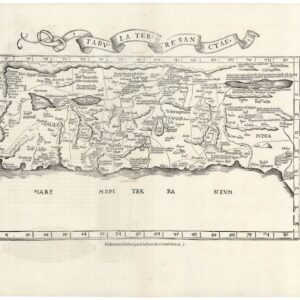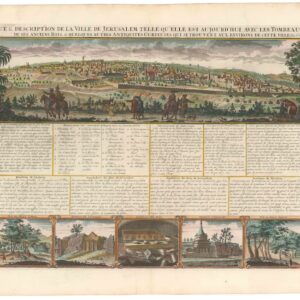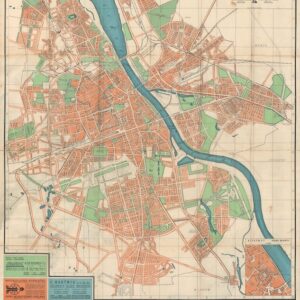One of the most important early 20th-century maps of the Middle East.
Lower Mesopotamia between Baghdad and the Persian Gulf.
Out of stock
Description
A vitally important map of Mesopotamia, originally produced in 1907 by the British War Office, updated in 1911, and later reprinted in 1915 with some changes by the General Staff of the German Army for use in the First World War. Providing a wealth of topographic, ethnographic, infrastructural, and other data, the military value of this map in any conflict is readily apparent.
Covering an area stretching from just north of Baghdad to the Persian Gulf and taking in a portion of western Iran as well as today’s Iraq, the map is rich in topographic information, including elevation, terrain, waterways (including seasonal variations), sources of drinking water, and notes on local conditions. On top of that is laid information relating to roads (of various qualities), pathways, railways, bridges, fortification, ancient ruins, and settlements of various sizes. Different local Arab and non-Arab groups or tribes are labeled throughout.
The Baghdad Railway to Tikrit, seen at top, makes an early appearance here; this line was part of the Berlin-Baghdad Railway begun in 1903, an ambitious project that was partially finished by 1914 but sidelined by the war and only completed in 1940.
Census
This map was first produced by the British War Office in 1907, immediately becoming the gold standard for the region, for those who could get their hands on it. The War Office updated the map in 1911, and this edition was used as a basis by the Germans to produce their own reprint in 1915, which was also shared with the Ottomans during the First World War. The British revised the map further during the First World War, leading to subsequent German ‘pirate editions.’
This interesting but convoluted history of publication has made consistent cataloging difficult. That being said, the OCLC locates this edition at only 7 institutions, and only one in North America, the Library of Congress.
Cartographer(s):
Condition Description
Wear and some loss along fold lines and at intersections. Rebacked.
References



